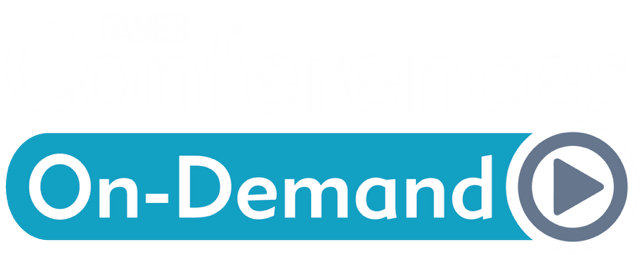All transcripts were created with artificial intelligence software and modified with manual review by a third party. Although we make every effort to ensure accuracy with the manual review, some may contain computer-generated mistranslations resulting in inaccurate or nonsensical word combinations, or unintentional language. FASEB and the presenting speakers did not review the transcripts and are not responsible and will not be held liable for damages, financial or otherwise, that occur as a result of transcript inaccuracies.
Interrogating Lipid Droplet-Organelle Interaction Using a Generalizable Tool Kit
Chi-Lun Chang 1, Xiao Li 1, Caleb Lindow 1, Leslie Climer 1, Alison Tebo 21 Department of Cell and Molecular Biology, St. Jude Children’s Research Hospital, Memphis, TN, USA
2 Janelia Research Campus, HHMI, Ashburn, VA, USA
Contact sites are ubiquitous, nanometric organelle appositions essential for directed and efficient inter-organelle material flux. Dysregulation of organelle contact sites are associated with developmental, metabolic, and neurological disorders. However, many facets of contact site biology remain unclear, primarily because detection of these dynamic, nanoscale loci in living cells is technically challenging. To overcome this difficulty, we engineered a tool kit based on Fluorogen-Activated Bimolecular Complementation at cONtact sites, FABCON, using the reversible splitFAST system. The engineering principle is to target the N- and C-terminal fragments of splitFAST to the cytosolic surface of two organelles of interest, respectively. These spatially segregated fragments can only form complementation at contact sites; thus, enabling visualization of contact sites upon the addition of a fluorogen. We first examined and determined organelle targeting motifs for the endoplasmic reticulum (ER), lipid droplet (LD), mitochondria (mito), peroxisome (PX), lysosome (Lyso), and plasma membrane (PM). After optimizing the affinity of splitFAST and its cognate fluorogen, we successfully visualized ER-LD, mito-LD, PX-LD, Lyso-LD, mito-PX, and ER-PM contact sites in living cells. Complementation of splitFAST at contact sites is completely reversible as the fluorescent signal disappeared shortly following fluorogen washout, indicating minimal perturbation to the contact sites. Our data showed that FABCON tool kit can provide higher precision of contact site detection compared to conventional organelle colocalization analysis. In addition, FABCON can reversibly enhance contact site formation with higher fluorogen concentration and longer incubation, providing an avenue for acute manipulation of the extent and stability of organelle interface. Altogether, FABCON is a generalizable tool kit for quantitative detection and enhancing of organelle contact sites with increased spatial-temporal precision.
Funding information: ALSAC internal funding; NIH New Innovator Award 1DP2GM150192-01
Speakers
Chi-Lun Chang
